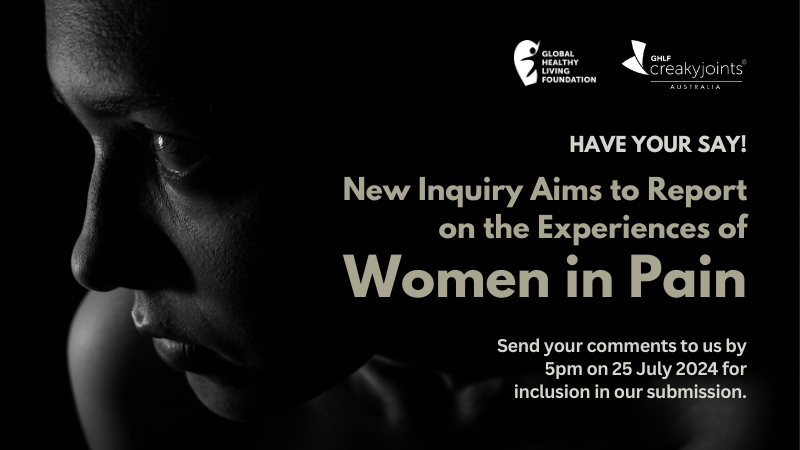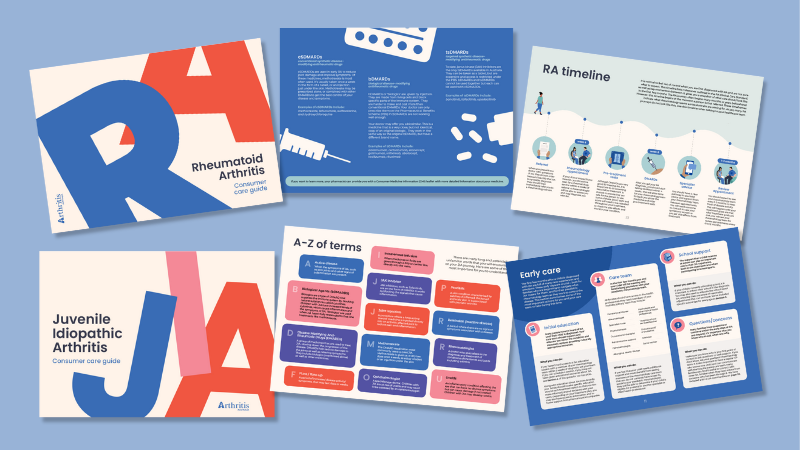In March 2016, the Australian Government unveiled its plans for a new model of care, Health Care Homes, to help those with chronic health conditions receive improved access to systematic and comprehensive care. The model has recent media attention with new details released in early November.
What is a Health Care Home?
A Health Care Home (HCH) is a primary-care clinic that will act as a service coordinator for patients with chronic conditions. It is based on successful international medical home models recommended to the Australian Government by the Primary Health Care Advisory Group.
The Australian Health Care Home model was developed with active input from peak industry bodies (including the Australian Medical Association and the Royal Australian College of General Practitioners), along with consumer and community representatives.
The model will operate alongside the Medicare Benefits Scheme (MBS) and current programs, including the GP Management Plan and the Mental Health Treatment Plan.
General practices and Aboriginal Medical Services can apply to be registered as Health Care Homes. The practice will work with patients (and their families) who choose to participate to determine their eligibility for the scheme. The HCH practice will also:
- Create a team of health care professionals to support the patient based on individual needs. The team will be headed by a clinician (usually a GP) nominated by the patient.
- Involve the patient in all aspects of planning and communication.
- Develop and implement tailored plans aimed at improving the patient’s health and quality of life.
- Act as a communication hub for the team, with some patient information to be shared via the My Health Records online portal.
- Provide the patient with opportunities for communication via in-hours phone support, emails and (when appropriate) telehealth and video link-ups and out-of-hours phone support.
- Provide the patient with information regarding how their approach to care may change. This may include changed access to care, increased emphasis on self-management, inclusion of different health care practitioners and changes to billing arrangements.
Who can enrol in Health Care Homes?
Initially, access will be limited to patients with two or more complex or chronic conditions. Once the rollout has been completed, anyone with a diagnosed chronic health condition can apply to enrol for HCH services.
When and where will the rollout begin?
Stage 1 of the rollout will be offered to 65,000 patients across 200 registered HCH practices in the following 10 Primary Health Network regions:
- Perth North
- Adelaide
- Country South Australia
- Brisbane North
- Western Sydney
- Hunter New England and Central Coast
- South Eastern Melbourne
- Tasmania
- Northern Territory
- Nepean Blue Mountains
On 4 November 2016, Minister for Health, Sussan Ley, announced that interested general practices and Aboriginal community-controlled health services (ACCHS) in these regions can apply to become a Health Care Home. Practices approved for stage 1 of the rollout will be announced in early 2017 with the delivery of services beginning on 1 July 2017 and continuing until June 2019. Reviews and updates will be ongoing.
Each HCH practice will receive substantial training, funding and support to help restructure their administration and management and transition to the new model of care.
How will Health Care Homes funding work?
The Australian Government will finance Health Care Homes though the reallocation of existing health care funds. $21.3 million (AUD) has been budgeted to cover the development of the infrastructure needed to implement and evaluate the model. A further $93 million has been allocated for clinical service delivery.
Each practice will receive a fixed sum every year for each enrolled patient, so they will be paid for their quality rather than quantity of service. The bundled payments will be released in monthly installments to allow for periodic review.
Patients will be grouped into one of three tiers based on the complexity of their health issues and the payment to their HCH will be allocated accordingly.
- Tier 1 – Patients with multimorbidities but low complexity (around 10% of the population). The HCH will receive $591 per annum.
- Tier 2 – Patients with multimorbidities and increasing complexity (around 9% of the population). The HCH will receive $1,267.
- Tier 3 – Patients with multimorbidities and high complexity (around 1% of the population). The HCH will receive $1,765.
How much will the patient pay?
HCH will cover all services provided by the practice that are connected to the patients’ chronic health conditions, including possible out-of-hours care. It will not include services provided by allied health practitioners, specialists or diagnostic and imaging services. These will continue to be funded through the MBS.
The tiered payments to the practice may not be sufficient to cover all the costs incurred in delivering their service. Therefore, they will have the right to negotiate an out-of-pocket gap fee with the patient during the enrollment process. This fee will not be standardised across the HCH model as it will be determined by individual factors.
What are health industry bodies saying about Health Care Homes?
Many of the industry bodies that have supported the Health Care Homes model (including some that were involved in its design) have expressed strong concern over the tiered payment system announced on 4 November. They argue that consultation in this area was inadequate and that the model is seriously underfunded, raising further concerns that the model may fail in the long term.
The initial announcement on that day (a Friday afternoon) also limited the number of normal, MBS-funded visits to the practice for issues not related to the chronic conditions to a maximum of 5 per year. Any subsequent visits would have to be fully-funded by the patient.
During the weekend that followed, this news was met with a major outcry from the health industry and across the media. The 5-visit cap was removed from online HCH payment documentation on Monday 7 November.
On Tuesday 8 November, Sue Dunlevy reported in the Herald Sun newspaper that the Minister for Health has confirmed there will be no cap on the number of unrelated fee-for-service visits.
What happens next?
While CJA endorses the concept of Health Care Homes, we still have unanswered questions such as:
- How will individual practices determine their out-of-pocket fee charges to patients?
- Will patients have to pay this fee upfront and will concessions be offered?
- Will the application and reporting procedures for other chronic condition management plans be simplified and integrated with HCH documentation?
- How securely will patient’s personal data be encrypted and stored?
As more details are released, we will share them with our readers. By signing up to Creaky Joints Australia you will receive our updates via email and have the opportunity to comment on them.
Australian Government Department of Health website documents
- Australian Government Department of Health, November 2016, Health Care Homes Information Booklet, viewed 11 November 2016
- Australian Government Department of Health, November 2016, Health Care Homes – Factsheet: Payment Information, viewed 11 November 2016
- Australian Government Department of Health, November 2016, Health Care Homes – Factsheet: Patient Eligibility, viewed 11 November 2016
Media articles




